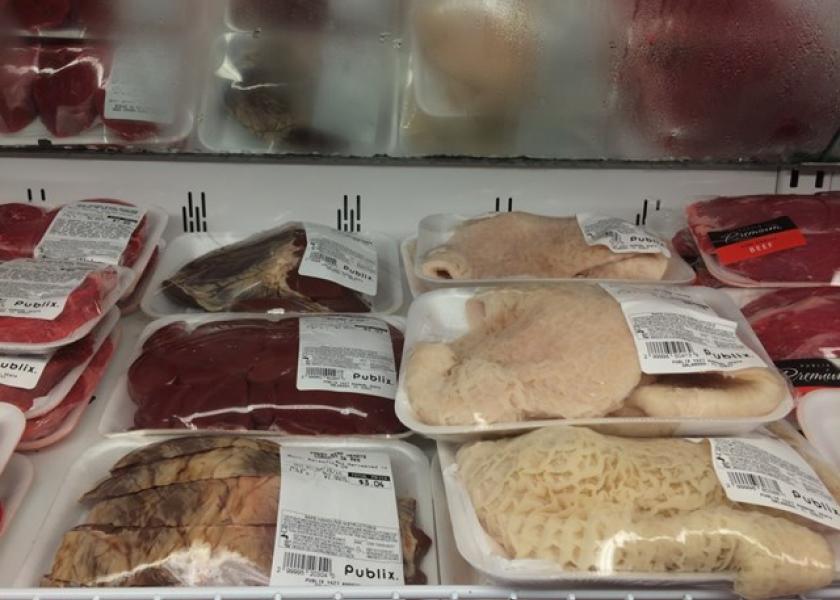In The Cattle Markets: By-Products Continue to Drift Lower

Steer by-product values continue to drift lower in 2016.
By: David P. Anderson, Texas A&M AgriLife Extension Service
Last week’s by-product values averaged $10.40 per cwt live. That was down $4.20 from a year ago and down from $10.54 during the first week of 2015. Last week’s $10.40 was the lowest value since April 2010, when by-products averaged $10.24. In terms of value of the value of the live fed steer, a 1300 pound steer would have an implied by-product value of $135.33 per head, down $54.60 per head from a year ago. An over $50 per head decline in value is a significant amount of money in today’s cattle market.
Market analysts don’t often talk about by-products because they are of much less importance than the cattle price, yet the large decline in value over the past year is an important contributor to cattle value. A large portion of by-products are exported, whether its hides to Asian countries for further processing into finished products or livers to Egypt. An economic slowdown in Asia and other countries and a rapidly increasing value of the dollar contributes to the decline.
The value of the dollar has increased from 9 percent to 40 percent over the last 2 years across a number of livestock and meat important trading partners. The U.S. dollar is up 26 and 27 percent versus Australia and New Zealand currencies since January 2014, respectively. The dollar strength has encouraged beef and lamb imports. In our North American market, the dollar is up 32 percent versus Canadian dollar and 40 percent versus the peso.
It is important to remember that the exchange rate is not the only factor in trade. Exchange rate moves are translated into price changes for the goods traded. Other events like drought and economic slowdowns can trigger indirect effects changing trade levels.
This week is the Southern Agricultural Economics Association annual meeting where researchers and graduate students across the South present the results of their recent research. The meeting coincides with researchers from other disciplines such as animal science. Several paper topics caught my eye including research on valuing characteristics of bred cows, impacts of brahma breed on South Texas calf markets, and economic factors affecting grid price discounts.
The Markets
Live fed cattle prices slid a little from the week before to $134.46, while dressed prices increased slightly. The cutout continued to hold fairly steady, just over $210 for the second straight week. But, both fed cattle and dressed prices are a far cry from a year ago. 







